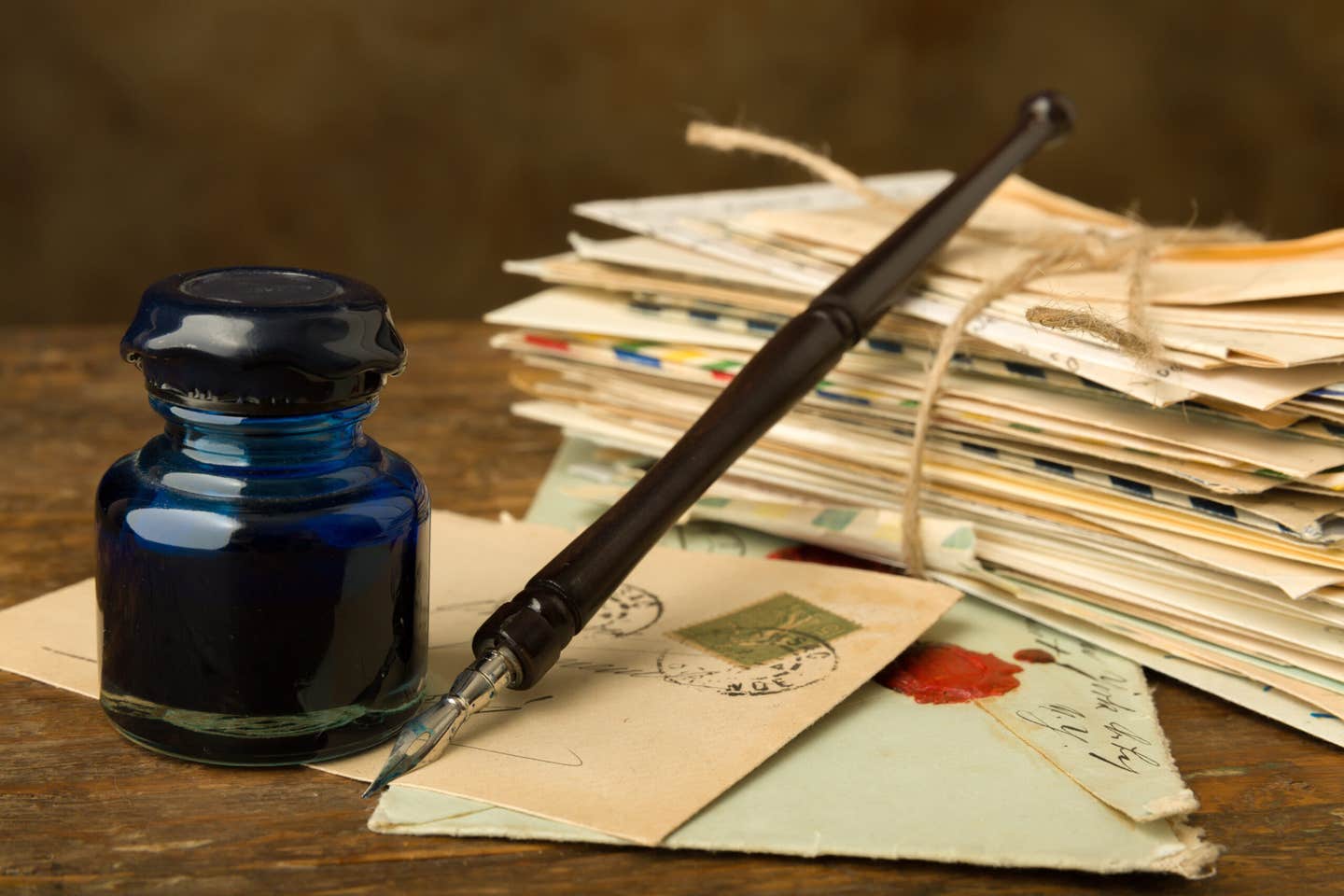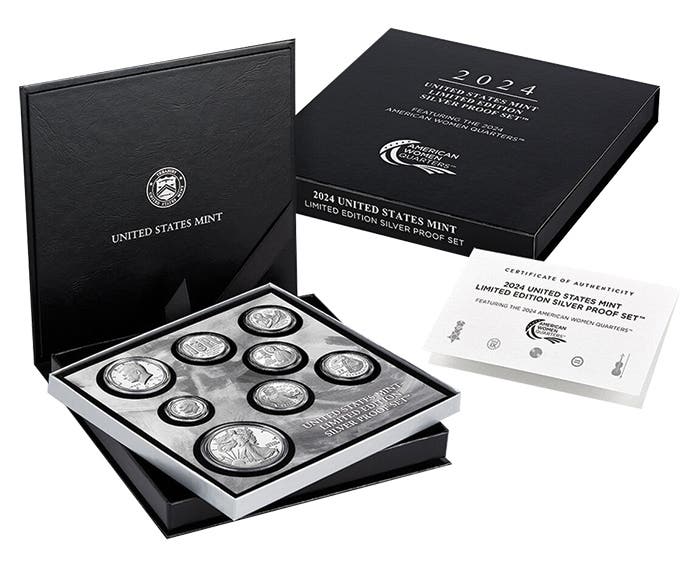Dollar coin needs to be two-colored
In the matter of the U.S. $1 bill being replaced by a coin, you could perhaps look at the similar experience of the United Kingdom in replacing the £1 note with with a £1 coin.
This article was originally printed in Numismatic News.
>> Subscribe today!
In the matter of the U.S. $1 bill being replaced by a coin, you could perhaps look at the similar experience of the United Kingdom in replacing the £1 note with with a £1 coin.
Initially it worked and the benefits of producing coins that stay in circulation longer versus low-value notes was proved. But then came the problems. We now have many millions of £1s worth of forged £1 coins in circulation. Estimates vary, but it reached a value of greater than 20 percent.
Although the forgeries in many cases are poor, people do not tend to check coins and so as long as it feels vaguely right, it is passed on. In addition the forgeries started to appear as the £1 coins in circulation became worn when the contrast between old worn coins and forgeries was less noticeable.
If it becomes necessary to keep removing worn coins from circulation, it rather defeats the claimed benefits of coins versus paper notes.
Even if UK citizens detect the forged coins, they tend to pass them on and therefore the forgeries stay in circulation.
Inflation has made the £1 coin ($1.60 U.S.) loose change and now UK citizens worry less about examining the coins in the way they would have examined a note in days past.
We have many different types of images on the reverse of the £1 coin and therefore people handling the coins are not always familiar with the detail of all images, making the forger’s job a little easier.
There are two security devices on the £1 coin. One is a printed motto incised into the milled edge. The forgers include these mottoes and although the forged versions usually have text out of line and badly produced, sometimes even the wrong typeface, users see some letters on the milled edge and assume the coin is good.
The second security measure is the fixed angular alignment of the head of Queen Elizabeth II with respect to the image on the reverse. I think with modern printng techniques it is easier to include many, many more easily seen security devices on a note, as well a few covert ones.
There is one coin-related security device that can be included in any new coin. That is to use two colored metals, a circular central region surrounded by a different colored annular ring. In the UK the £2 coin is minted using that technique. That coin is never forged. The process is too costly for the forgers. If the U.S. $1 coin argument wins the day over the $1 note, then I would say a two-colored alloy version is an absolute must, as well as incised lettering on the milled edge, and of course, the fixed angular alignment of the images on the two sides. Also, there should be a single coin design for the whole of the U.S.
At one time in the UK as the forgery situation became a real problem, there was talk of the Bank of England/Treasury withdrawing all the £1 coins and replacing them with a two-colored alloy version, and that plan may still be in process.
This Viewpoint was written by a Ron Neale of Carshalton Beeches, England, UK. Viewpoint is a forum for the expression of opinion on a variety of numismatic subjects. The opinions expressed here are not necessarily those of Numismatic News. To have your opinion considered for Viewpoint, write to David C. Harper, Editor, Numismatic News, 700 E. State St., Iola, WI 54990. Send e-mail to david.harper@fwmedia.com.
More Coin Collecting Resources:
• Subscribe to our Coin Price Guide, buy Coin Books & Coin Folders and join the NumisMaster VIP Program









